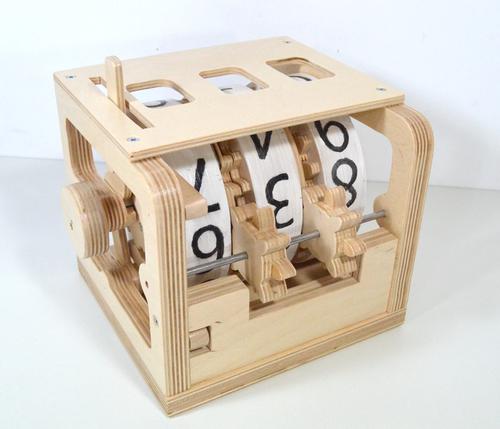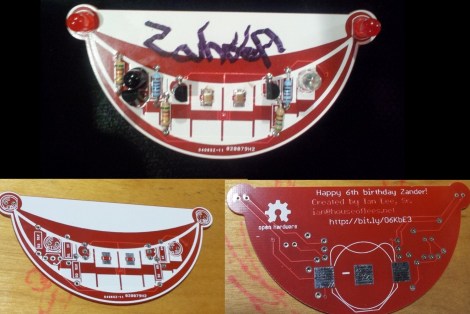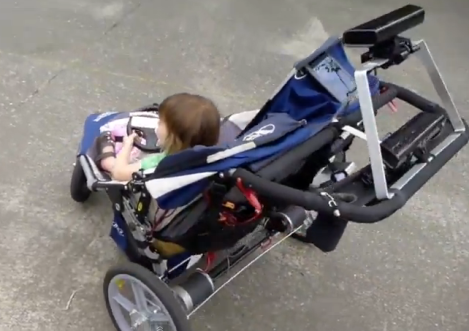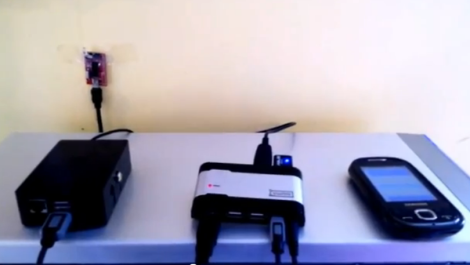
Whenever we hear about ECE 4760 we take notice. That’s because a ton of fantastic hacked together projects have resulted from the class. It’s offered at Cornell University and focuses on designing projects based on microcontrollers. We look at it as a ‘how to connect everything to your microcontroller’ guide. The good news for you is that 34 lecture videos from the Spring 2012 ECE 4760 class are now available to watch for free online. When coupled with the course webpage itself (which outlines the reading, labs, and homework) this turns into an opportunity to work through the entire course on your own schedule.
If you need a brief preview, here’s a couple random things we’ve seen as final projects from the course: a digital saxophone, a handwriting decoder, and a haptic feedback unit for building your biceps.
We’re still working our way through the Nand2Tetris project, but we’re putting these lectures on our watch list for later.
[via Reddit]
















